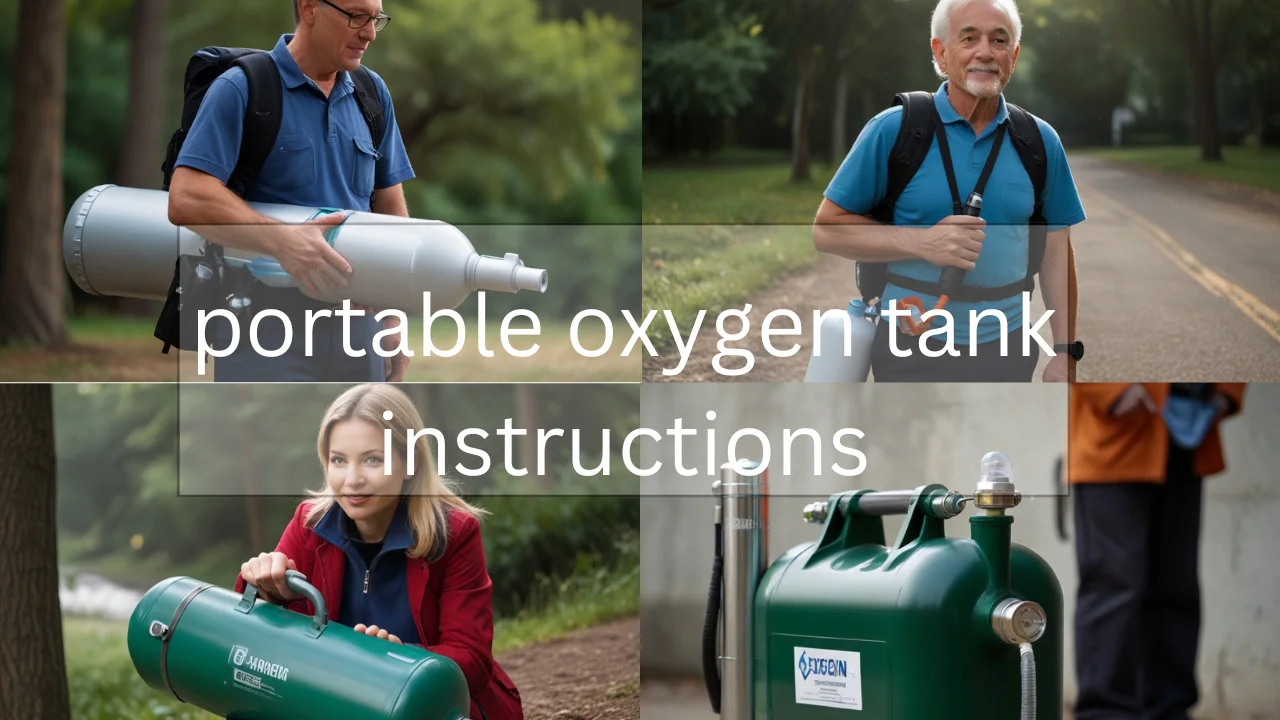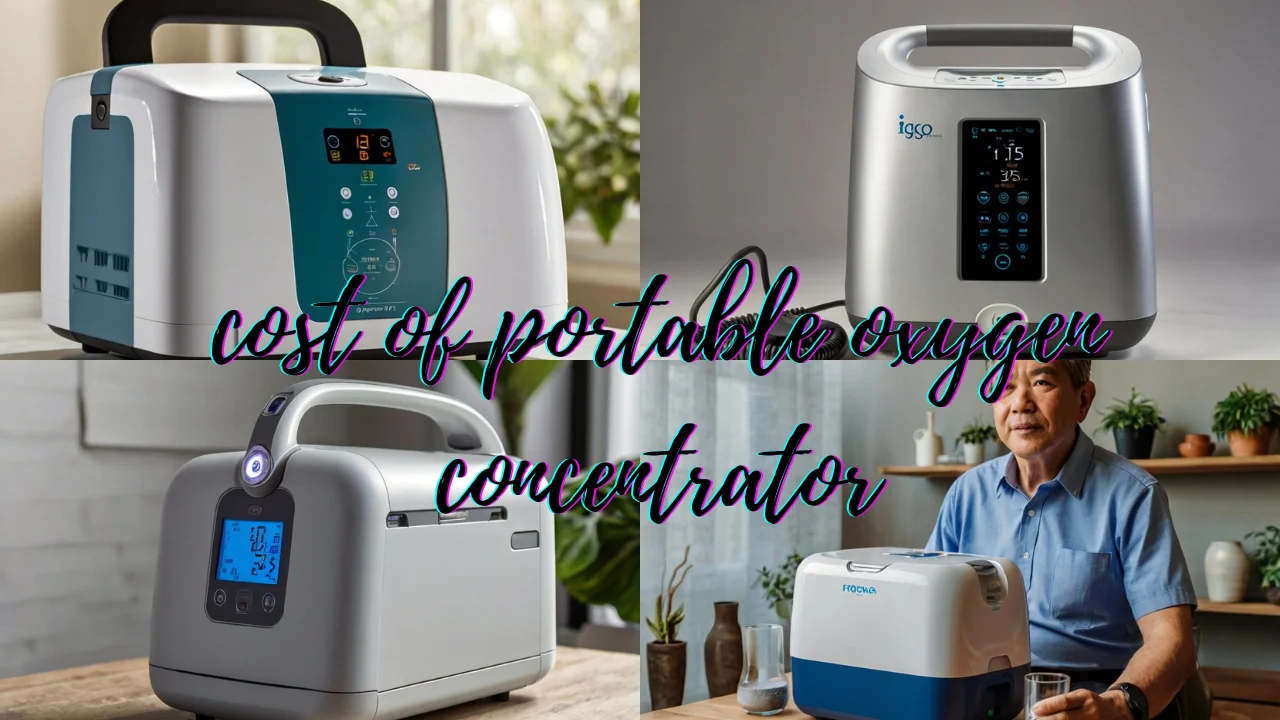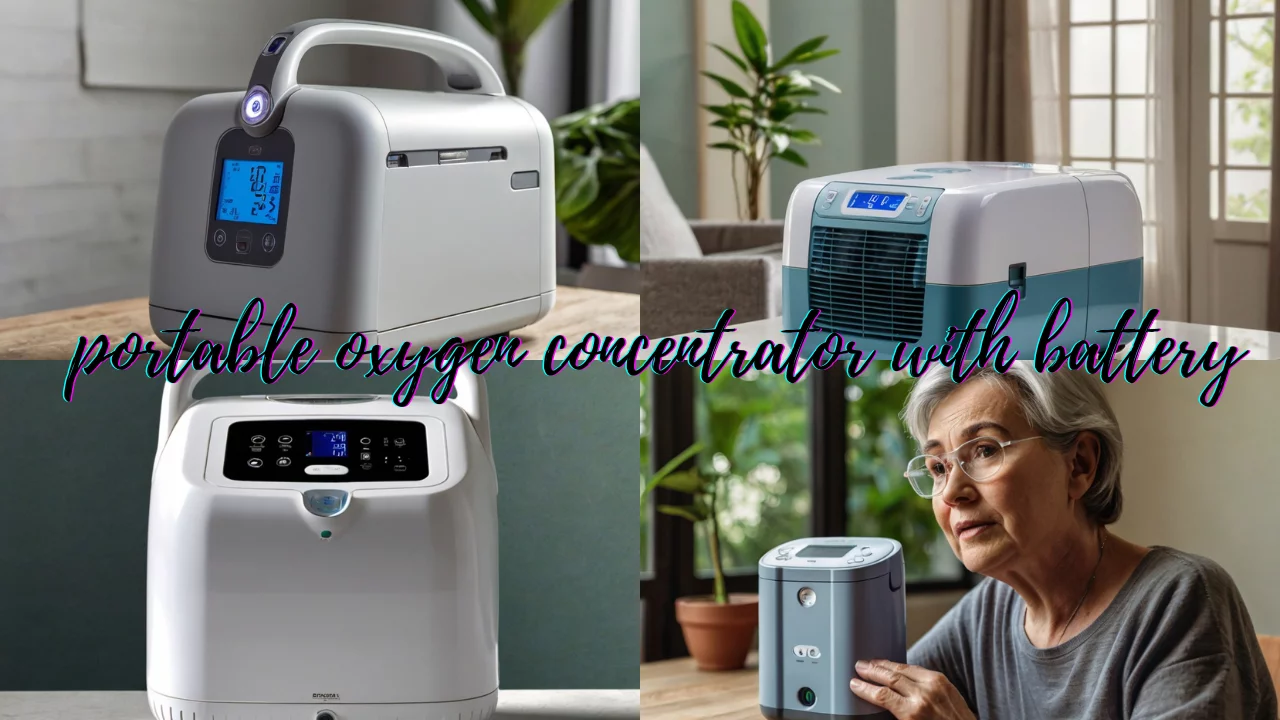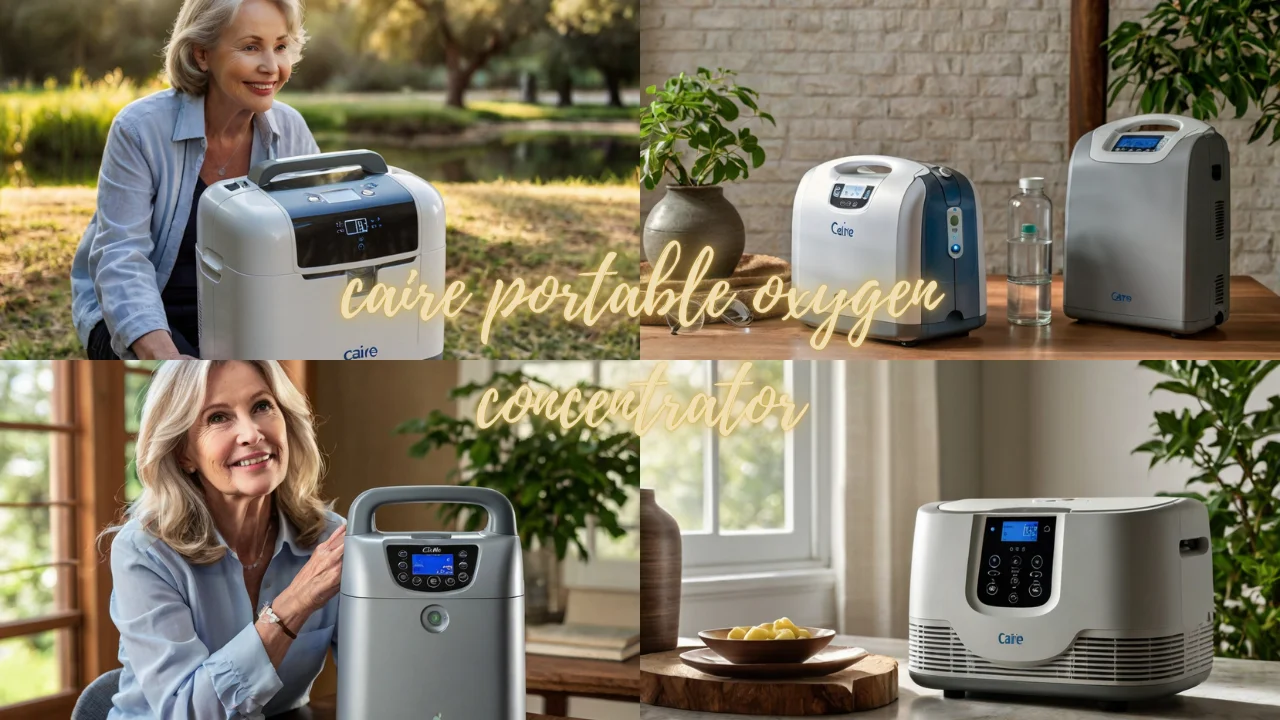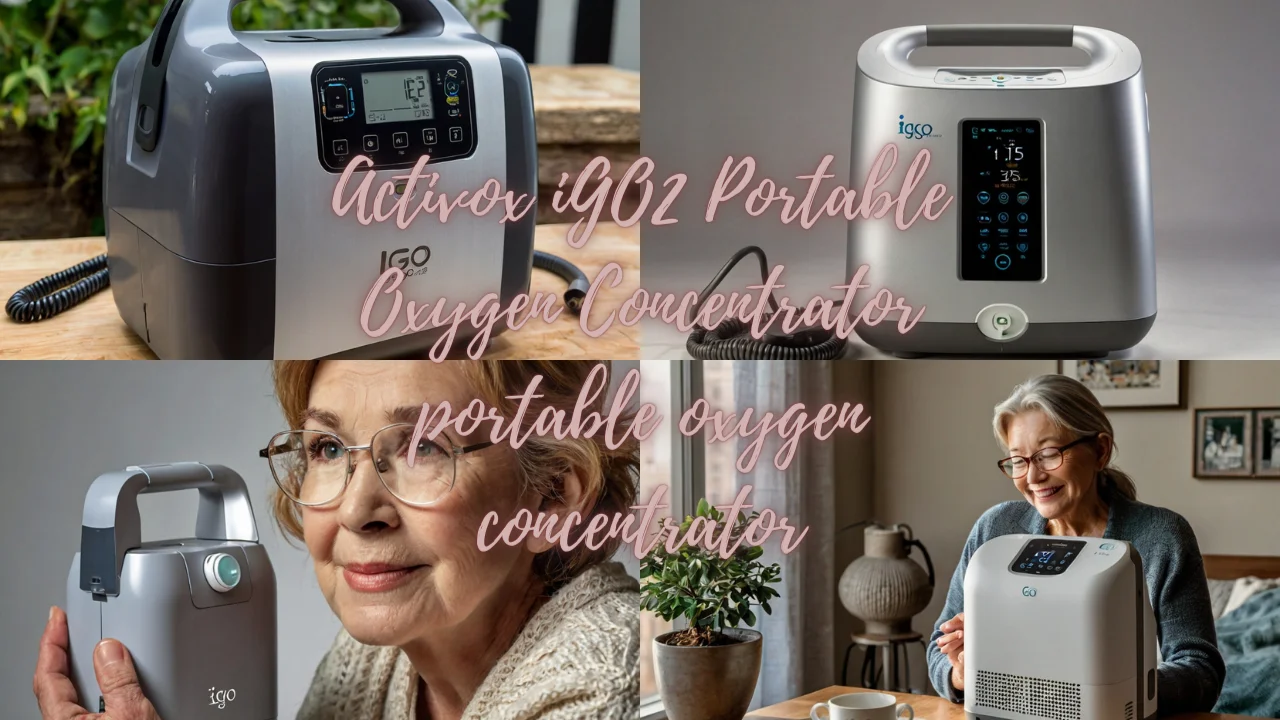The Portable Oxygen Tank Safely and Efficiently
Many people put their health first in today’s busy world, and portable oxygen tanks are fresh air for people who need extra oxygen. Medical devices like these improve people’s lives by giving oxygen therapy to people with lung diseases like COPD, emphysema, or pulmonary fibrosis. This helps them stay busy and independent. However, the best way to get the most out of a portable oxygen tank is to use it safely and correctly. This complete guide is meant to give you all the information you need to use, care for, and move your portable oxygen tank safely and effectively to enjoy the freedom it gives you without worrying.
Understanding Your Portable Oxygen Tank
Before you start using your portable oxygen tank, it’s essential to familiarize yourself with its components and how it works. Most portable oxygen tanks consist of a cylinder, a pressure regulator, a flow meter, a humidifier cup (optional), and a nasal cannula or mask. The cylinder stores oxygen under pressure, which is then released and regulated by the pressure regulator and flow meter to deliver oxygen at a controlled rate.
Setting Up Your Portable Oxygen Tank
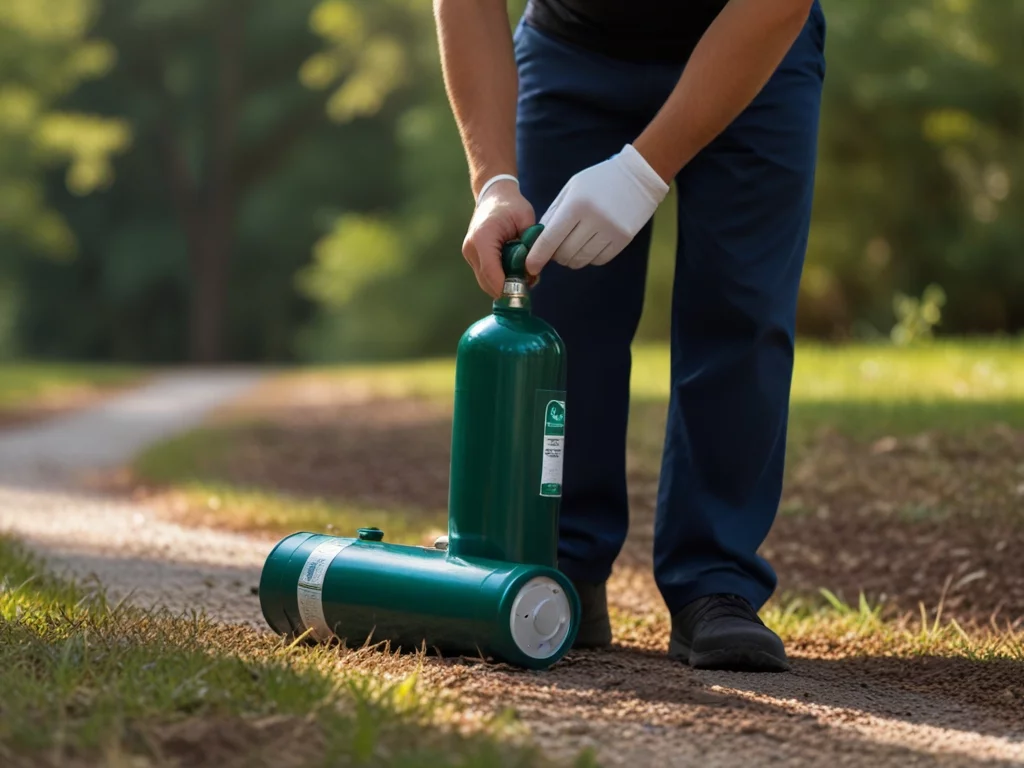

- Check the Oxygen Level: Always check the gauge to ensure enough oxygen for your outing. Running out of oxygen unexpectedly can pose serious health risks.
- Attach the Regulator: The pressure regulator needs to be appropriately aligned with the tank’s valve. Ensure it’s securely attached before slowly opening the tank valve to avoid sudden release of high-pressure oxygen.
- Connect Your Delivery Device: Attach the tubing of your nasal cannula or oxygen mask to the flow meter outlet. Ensure it’s firmly in place to prevent any leaks.
- Adjust the Flow Rate: According to your doctor’s prescription, adjust the flow meter to the required oxygen flow rate. Adhering to the prescribed flow is crucial to ensuring you receive the right amount of oxygen.
Safety Tips for Using Your Portable Oxygen Tank
- No Smoking: Oxygen supports combustion. Smoking near an oxygen tank is extremely dangerous and can lead to fires or explosions.
- Avoid Flammable Products: Keep the oxygen tank away from open flames, heat sources, and flammable products like aerosols or cleaning solvents.
- Secure the Tank: Always store your oxygen tank upright in a stand or cart to prevent it from falling over, which could cause the tank to become a high-speed projectile if the valve breaks off.
- Regular Inspections: Check your equipment for any signs of wear or damage. Replace any defective parts immediately.
Traveling with Your Portable Oxygen Tank
Plan: If you’re taking a plane, determine the airline’s rules for flying with oxygen. Many carriers require paperwork and certain kinds of portable oxygen concentrators.
- Keep it Close: When traveling by car, keep the oxygen tank within easy reach, and never place heavy objects on it. Ensure the car is well-ventilated, and never leave the oxygen system in a closed vehicle, especially on hot days.
- Backup Supply: Always have a backup oxygen supply or an additional fully charged portable oxygen concentrator battery when leaving home.
Maintenance and Storage
- Regularly, a damp cloth and gentle soap should clean the outside of your oxygen tank and the nasal cannula or mask. Do not let water get into the tape.
- Storage: Store your oxygen tank in a well-ventilated area away from direct sunlight and moisture. Ensure the storage area is smoke-free and away from any heat sources.
FAQ
Can I use my portable oxygen tank while sleeping?
Yes, you can use your portable oxygen tank while sleeping if your healthcare provider has recommended nighttime oxygen therapy. Ensure the oxygen flow rate is set according to your doctor’s prescription.
How long does a portable oxygen tank last?
The duration of a portable oxygen tank depends on the tank size and the flow rate of oxygen you’re using. Smaller tanks might last a few hours, while larger ones can last several or more. Always calculate your oxygen needs before leaving home to ensure you have enough supply.
Is it safe to travel with a portable oxygen tank on an airplane?
Yes, but specific regulations and procedures need to be followed. Most airlines allow the use of FAA-approved portable oxygen concentrators (POCs) rather than traditional oxygen tanks. Check with your airline well in advance of your trip for their specific requirements and documentation needed.
How often should my portable oxygen tank be serviced?
Your portable oxygen tank should be inspected and serviced by a professional according to the manufacturer’s recommendations or if you notice any irregular operation. Regular checks for leaks, damage, or malfunctions are essential for safe use.
Can I exercise while using my portable oxygen tank?
Absolutely. Many individuals on oxygen therapy can and do exercise while using their portable oxygen tanks. However, you should consult your healthcare provider about the type and intensity of exercise suitable for your condition and ensure your oxygen flow rate supports your increased oxygen needs during physical activity.


